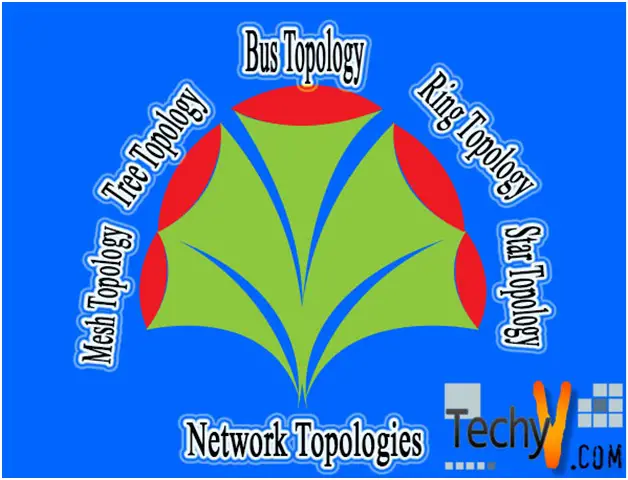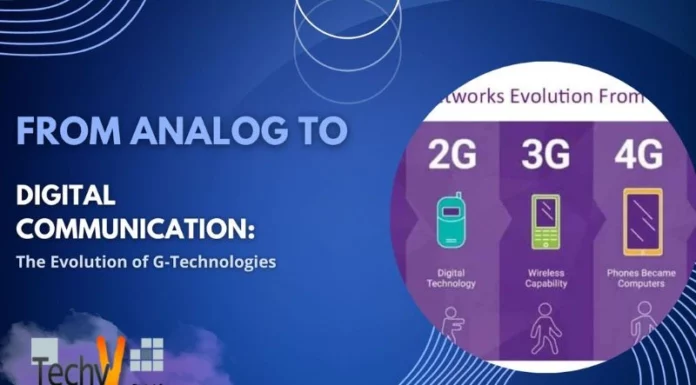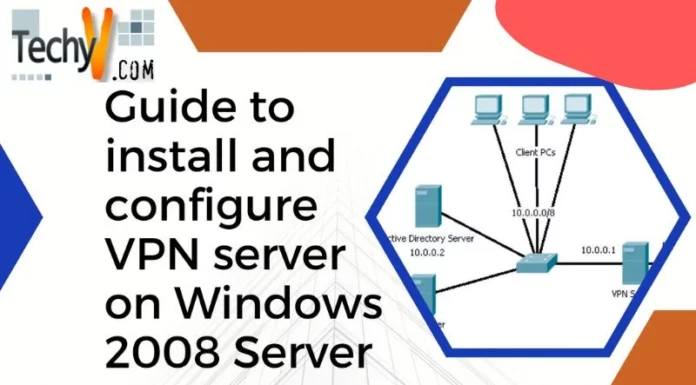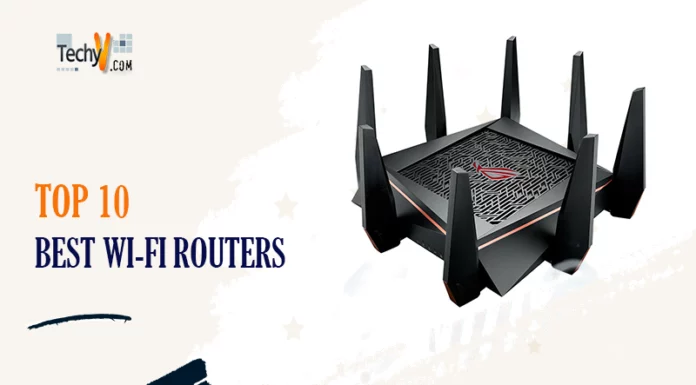Network Topologies
In I.T world we usually have a computer network for business or personal purposes. The term Topology refers to the layout of computer network or connected devices of an organization. I.T experts consider two types of Topology, one is Physical Topology and the other is Logical Topology. Physical topology consists of computer, hardware devices and cabling structure inside a network. However, logical topology provides an idea that how the data are transmitted from one device to another while using physical topology.

There are commonly five types of a topology. So it depends on the situation that what type of topology layout should be used. Network experts then choose a better layout in terms of cost, efficiency, speed, security parameters, and disaster. For example, in a small office with only 10 computers, network experts will prefer to Bus Topology in which all computers are connected to a single wire and the easily communicates with each other using Workgroup or simple domain network. Following are the topology layouts and their detailed description.
Bus Topology
Ring Topology
Star Topology
Tree Topology
Mesh Topology
Bus Topology:
Bust topologies are easily to install and configure, they are not much costly and works on a simple mechanism. In bus topologies, a single cables work as a backbone and all other machines and devices are directly connected to this backbone wire. If a machine wants to communicate with another machine on a network then it will send a packet/data with the destination IP address. The packet will travel on backbone wire and will ultimately transfer itself to destination machine.
Ring Topology:
In ring topologies, all machines are not directly connected to all devices, but every machine has two neighbor machines. A single cable makes a single loop to provide the ring layout. So in this layout data travels in a circle or ring, it uses two paths i.e. Clockwise and anti-clockwise. However, if a failure is found on cable, then the entire network will be down.
Star Topology:
In star topology network, all computers and devices are directly connected to a central point i.e. a switch, a modem, or a router. All devices use a dedicate cable to be connected to a central point. This layout provides the efficient way of communication, it is also very easy to organize, to manage the networks with a star topology. However, there is a need for one dedicated cable for each machine on a network. If a machine or device fails to work, it doesn’t affect the whole network but if central point gets shut down then obviously network will be affected.
Tree Topology:
Tree Topology is very efficient in performance because of its best layout. Tree topology is made of a combination of two topologies i.e. Star topology and bus topology. A hub acts as a root and bus layout provides the main backbone idea. In this layout, there are options to launch more than one branch of a sub-network. It is very useful in colleges and universities. In Tree Topology, more than one servers work at a time.
Mesh Topology:
In Mesh Topology every device is directly connected to all other devices on the network. This mechanism is commonly known as point to point connectivity. The routers are used to provide the best route to data for efficient and effective communication. In case of any failure, many routes are available to continue the communication process over a network.

















